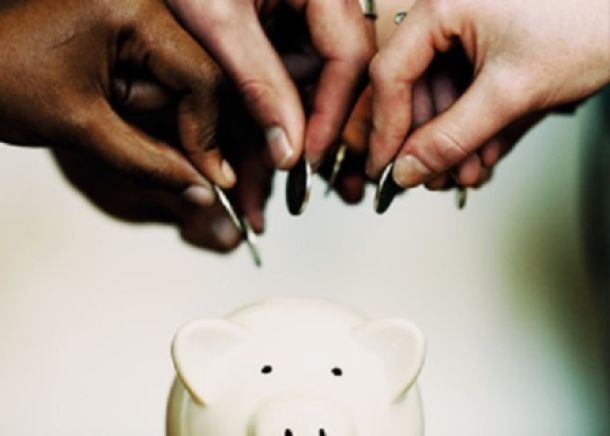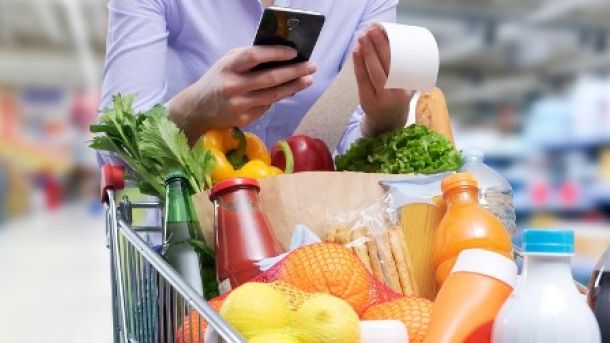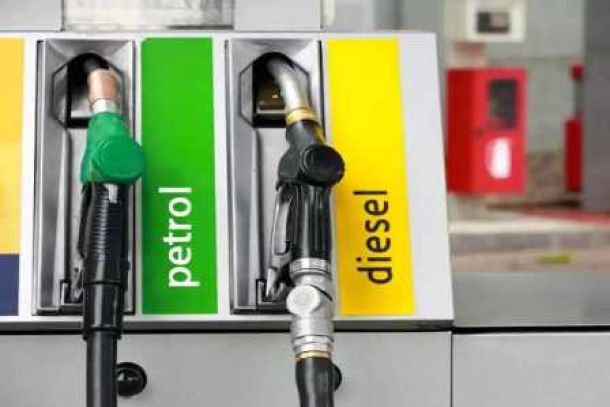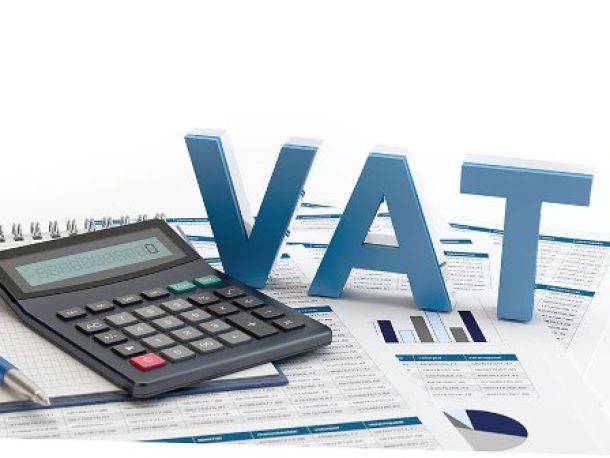Mixed benefits from falling fuel prices
While lower global oil and domestic fuel prices are being seen as a saving grace for consumer spending, limited job creation and household debt will mean another year of so-so retail sales.
Oversupply and reduced demand have seen oil prices halve in the past six months, from $110 a barrel to about $49. This is driving down the cost of fuel in SA and is pushing inflation down, ultimately boosting consumers’ purchasing power.
This month, domestic petrol prices fell 9.9% after a 5.5% drop in December. Continued growth in US shale production (fracking), which has substantially raised supply levels there, and the Organisation of the Petroleum Exporting Countries (Opec) not curbing crude output has led to the glut amid softening demand from China and the eurozone. As petrol was one of the ultimate grudge purchases, consumers were unlikely to spend more on it just because it was cheaper, Chris Gilmour, an analyst at Absa Investments, says.
"Consumers are going to have lots left over relative to what they were spending on fuel. We have had a couple of big reductions and we’ll get another one of about 50c in February … they are meaningful and profound. The biggest benefit that’s going to accrue to the consumers is that they have more money in their pockets, and the biggest beneficiaries will be the clothing retailers," he says.
Barclays estimates that South African consumers will save about R20bn this year due to the lower petrol prices.
Rather sharp falls in the petrol price are not unheard of — between July 2008 and early 2009, local fuel prices fell as much as 55% after we saw a big decline in international oil prices. Given that fuel spend is about 5% of all household spending, Barclays Capital economist Miyelani Maluleke says lower petrol prices are a welcome relief for consumers, particularly during the global financial crisis.
Consumers are not the only ones set to benefit — retailers, who over the past three years have had to absorb the effect of the weaker rand on imported goods, have not really passed the cost on to customers, given their hamstrung environment. It is likely now that the much-needed bonanza from the drop in the fuel price will be used to replenish margins.
"We’ve seen quite a protracted period of margin squeeze in the retail sector given the weak environment, so the price relief stemming from lower transport costs could help retailers’ margins to some extent … they may refrain from passing this on to the consumers to protect those margins," ETM Analytics economist Jana van Deventer says.
While there would be a saving from the drop in fuel prices, it was not a significant element of Woolworths’ overall cost base, the retailer says. "In terms of the supply chain, there should be a positive impact, but again it has to be considered in the context of other input price factors, and in clothing particularly the impact of exchange rates," Woolworths says.
Pick n Pay, which is not as well organised as other retailers in terms of advanced logistics and centralised distribution systems, would benefit more, Mr Gilmour says, as "they are using more fuel".
If history is anything to go by, it is very unlikely that we will see the full effect of lower fuel prices on public transport costs, so lower-income consumers may not enjoy the full benefit of the lower fuel price. "These prices usually rise very quickly when fuel costs rise but there’s always rigidity when fuel prices go in the other direction," Mr Maluleke says.
Still, there are further advantages on the cards — lower inflation has changed the interest rate scenario. There is "no chance" of an interest rate hike for a long time in SA, according to Momentum portfolio manager Wayne McCurrie.
"Inflation is going to be about 4% over the next couple of months, (and) there is a fairly good chance we will have an interest rate cut this year.… Last year we were looking at increasing interest rates. The oil price might go up to about $50-$70 but not in the short term, because there is a proper price war between Opec and the American shale gas producers," he says.
The Reserve Bank’s monetary policy committee, which makes its decision next week, has kept the interest rate unchanged since July, when it was raised 25 basis points to 5.75%. Low petrol prices should have a second-round effect on inflation, resulting in disinflation or falling inflation in the prices of food and other consumer goods.
However, higher food prices — should they occur — would be a meaningful risk to the inflation outlook, warns Investec group economist Annabel Bishop. "Drought concerns in some regions of SA are already pushing up some agricultural food prices, although it is early in the year and rains could still occur in time to contain any rising food price inflation pressures from this source," she says.
Marginal relief in on the cards and some pressure will be alleviated but the effect of possible higher taxes in the budget, coupled with a continued reining in of credit and higher administered prices, is dampening the fuel price boon.
News Category
- International retailers
- On the move
- Awards and achievements
- Legislation
- Wine and liquor
- Africa
- Going green
- Supplier news
- Research tools
- Retailer trading results
- Supply chain
- Innovation and technology
- Economic factors
- Crime and security
- Store Openings
- Marketing and Promotions
- Social Responsibility
- Brand Press Office
Related Articles

Empowering South African households through gro...

SPAR shares practical tips to beat food inflation

South African motorists could be paying up to R...

Big VAT changes on the cards


